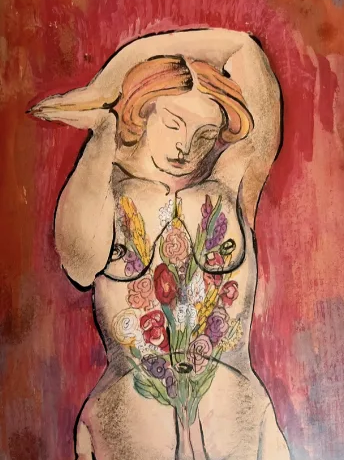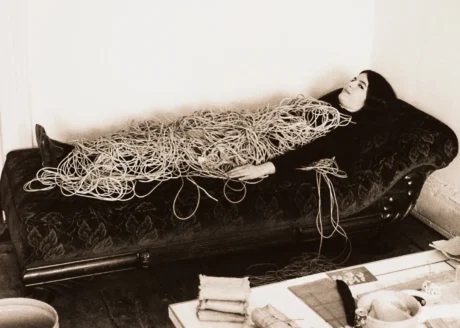Sam Moore explores haunted museums and the afterlives of art, drawing comparisons between several major movies of the moment (including Dahomey and La Chimera) and the role of the art museum.
In the opening moments of Dahomey (2024), a documentary about the return of relics to Benin, a voice emerges from the darkness. Echoing, distorted, it laments “becoming one with these walls” and being cut off from the land of its birth. By using this conceit, director Mati Diop not only challenges the limits of the documentary form – something particularly pertinent to the ways in which Dahomey explores the legacy of colonialism on how we understand art history – but also imbues these plundered royal treasures, particularly a statue of King Ghezo that serves as a kind of narrator, with sentience, personhood. The storage containers and the walls of museums become haunted spaces; the art on their walls and sculptures behind glass cases are transformed into ghosts, haunted by the colonial past. This is emphasised in the moments where the treasures of Benin are in transit as if their souls are unmoored. In Alice Rohrwacher’s La Chimera (2023), there’s a similar moment, as Arthur, the grieving grave robber played by Josh O’Connor dreams that he’s on a train, surrounded by the souls of those whose final treasures he’s plundered. Throughout the film, Arthur is chasing a ghost, just as Dahomey constantly grapples with the uncertainty of both the past and future of its royal treasures.
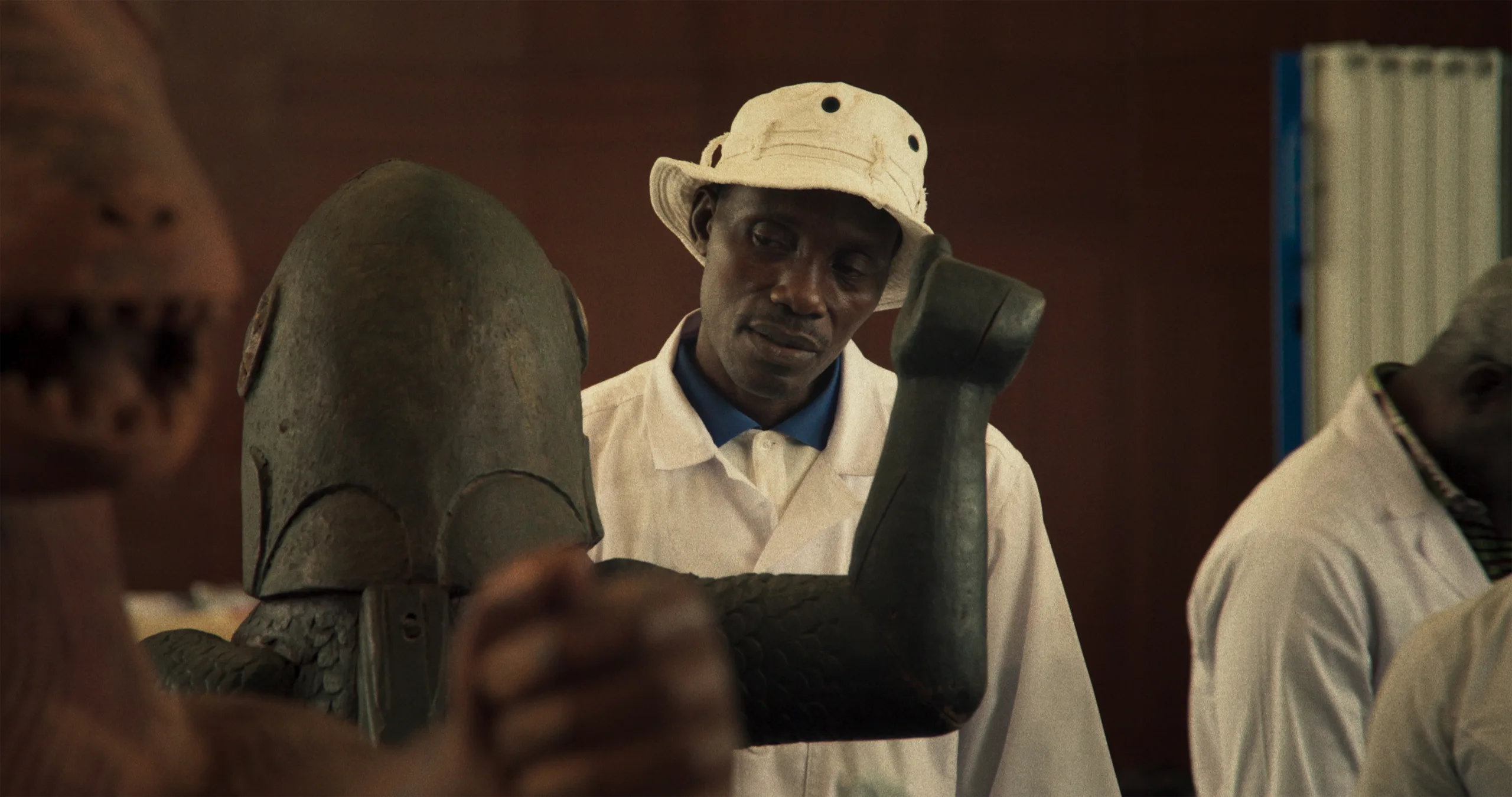
Dahomey is a film that exists in two distinct registers: one rooted in the imagined subjectivity of centuries-old treasures making their way from Paris back to Benin (formerly known as the Kingdom of Dahomey), and the other offering a more objective stance traditional to documentary. In these moments where the film takes a step back, we see a lively debate on what these treasures might mean now that they’re coming home – questions are asked about whether this is enough of a cultural reparation and if they will be treated as art objects or imbued with spiritual meaning. What makes the film so compelling is the fact that it’s more concerned with asking questions than providing concrete answers; we’re offered disparate threads of debate and striking images, given the opportunity to consider what they might mean. At the heart of this uncertainty is the nature of the museum as a space; debate rages around what it means for these pieces to be in a museum in Benin. While this might force the objects into a context that some disagree with, there are moments in Dahomey when the treasures are on display, and the camera lingers on the ways in which people look at them, seeing pieces of themselves and their history reflected back in these sculptures. The museum becomes a place of communion, a way for people to reach back into their past. As the royal treasures themselves declare, “we all share the same scars.”
The Frederick Wiseman documentary National Gallery (2013), as the title suggests, offers a portrait of a National Gallery in London. With Wiseman’s trademark distant eye offering up small pieces of the ways in which the museum is run – we see tense finance meetings, small sections of a guided tour, and moments in the hidden space where the restoration of art takes place. If Wiseman’s film could be compared to something in art history, it might be impressionism, asking the audience to look at his assemblage of moments in just the right way in order to make sense of how the whole can be more than the sum of its parts. Wiseman’s film serves as an anchor for understanding the transformational space of the museum and the kind of afterlife it offers to art. There’s a simplicity to Wiseman’s visual language, the camera just rolls, offering objectivity (or something close to it, if such a thing is possible in art). But by using it as a point of comparison, it places the museum – or lack of it – in Dahomey and La Chimera in a new context.
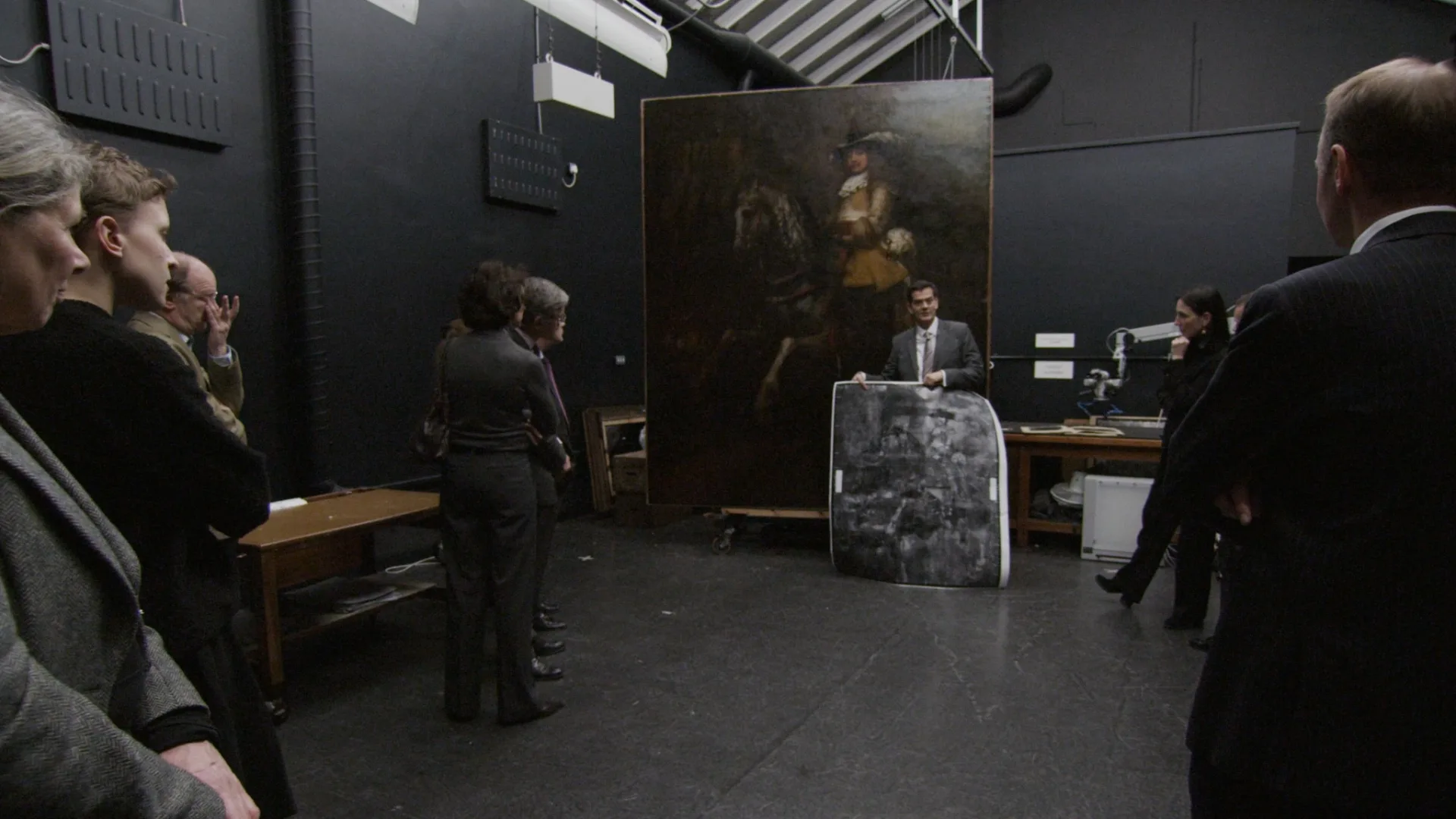
The idea of a museum is almost an afterthought when it comes to the afterlives of art. There’s one scene, late in the film, in which Arthur and his band of grave-robbers – a ragtag, almost Dickensian group who get by pilfering and selling the things they find in Etruscan tombs – watch as an art dealer on a boat sell something that they’ve found. Arthur has the missing piece, the head of a statue. The dealer says that what they try to do is “estimate the inestimable” by placing a monetary value on these ancient – stolen – treasures. La Chimera, like Dahomey, seems to refute this idea of the kind of estimation placed on art objects and ancient relics. In a moment of rage, Arthur throws the head of the statue overboard and the camera lingers on it as it slowly descends through the water, before making dull, silent contact with the ocean floor. For La Chimera, art seems to belong to the earth, the uncertainty of life and what might come after it; its no wonder that Arthur’s journey for his late wife leads him underground to a tomb, pulling on a length of thread like Theseus being led through the labyrinth. La Chimera gestures towards the idea that our relationship to art might somehow be transformational and that the museum space, the spectre of an estimated financial value, gets in the way of that.
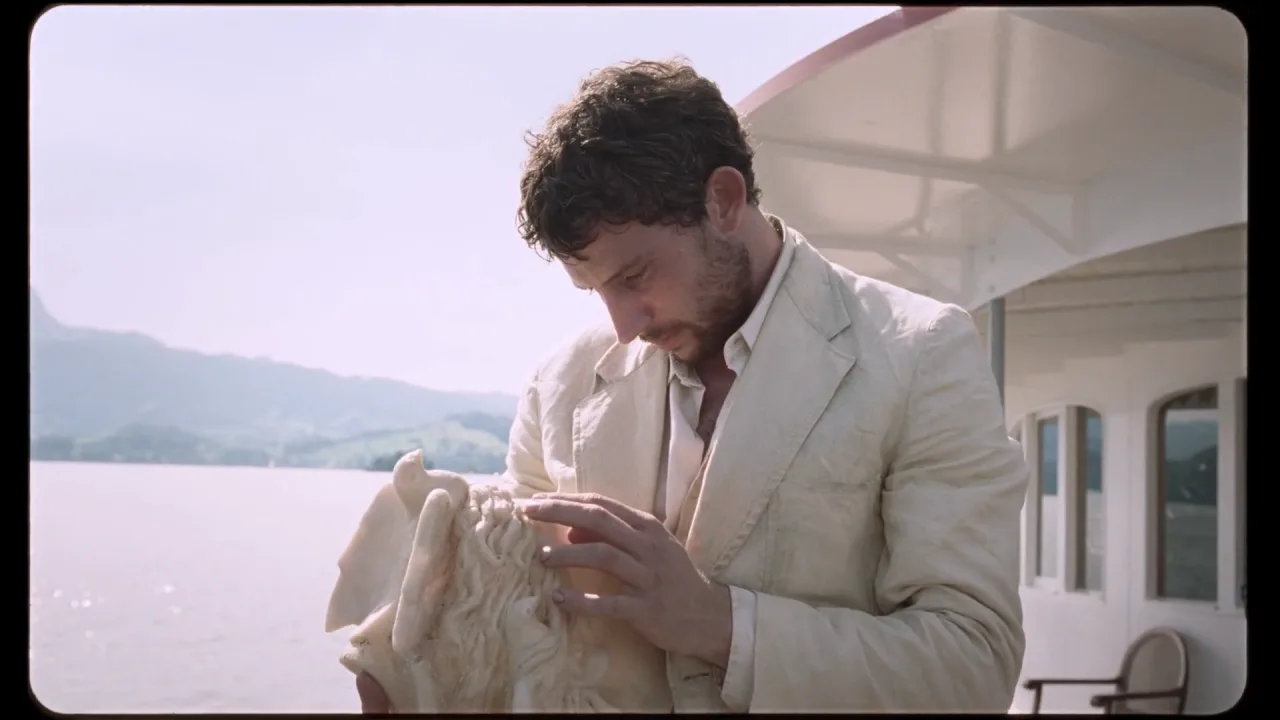
Dahomey also challenges the kind of value placed on art objects, which places an emphasis on the ways in which the looted treasures of Benin are taken back to the country; the way that the slamming of container doors and the rattle of chains acting like an echo to the evils associated with colonialism. There’s an increasingly loud, almost violent hum of a plane engine as the treasures fly from Paris to Benin. Only in the darkness, free from the confines of museums and prying eyes, are the treasures able to find a voice, to speak for themselves.
Museum spaces linger across these films like an unanswered question, their power to define – and to limit – becomes clear, but with it is the potential for clarity. This is at its most powerful in the scenes in Dahomey in which onlookers are finally able to look at the royal treasures of Benin on their native soil; the art acts as a mirror and the museum as a way to amplify this. Throughout art history, the museum has been something rarified, able to grant meaning and cultural cache to anything placed within their walls – the readymades of Marcel Duchamp are illustrative of this – but with this comes a constraining to both meaning and context; the relationship that the treasures in Dahomey have with both Paris and Benin create an uncertainty around meaning, one that a museum alone isn’t able to solve. If anything, it’s these spaces that create a kind of haunting; the statue of King Ghezo describes history as “the present that is under construction,” and in Dahomey, La Chimera, and National Gallery, it’s the museum that becomes integral to the ways in which the present is constructed, that gives meaning to art and places – sometimes forces – it into a context that serves the narrative history more than anything else. What makes all three of these films such interesting companions is the way in which they challenge the primacy of the museum space, subverting the kind of narratives that might form around it, understanding art history as something that isn’t just haunted, but that can’t be exorcised.
Words by Sam Moore


